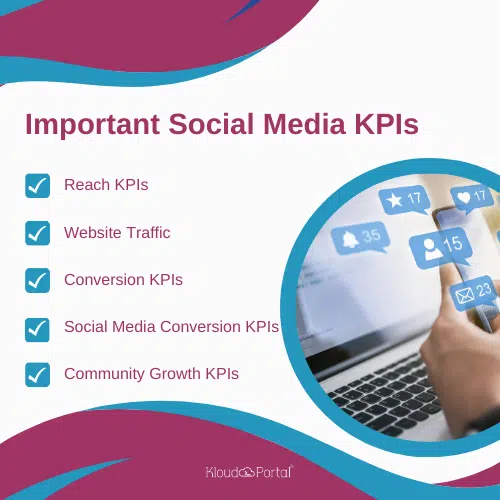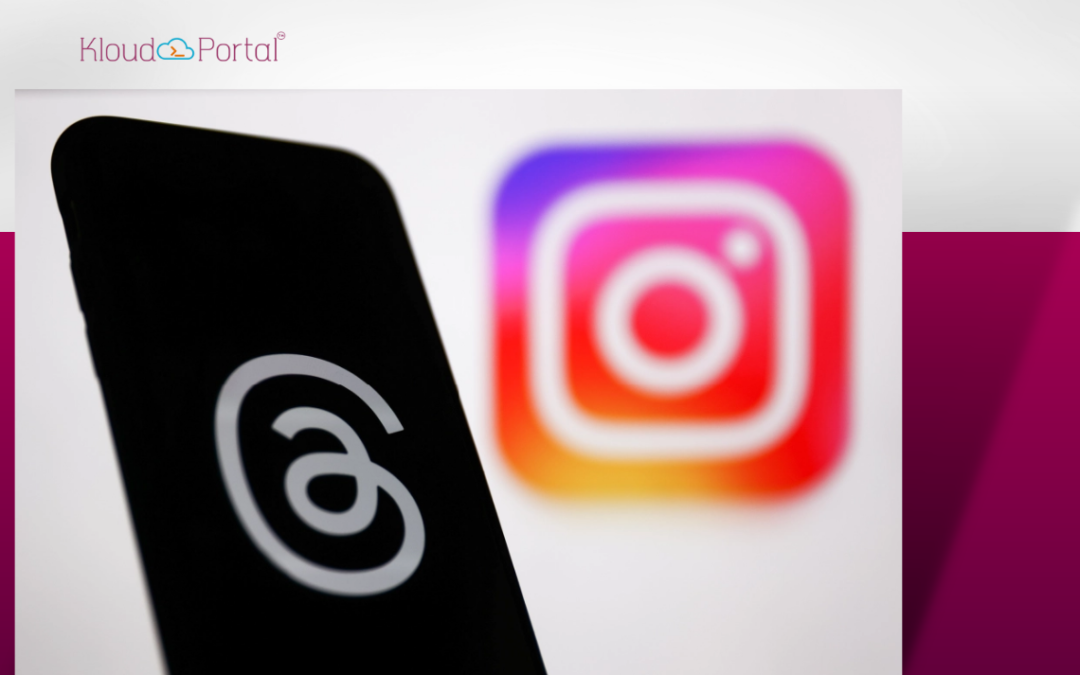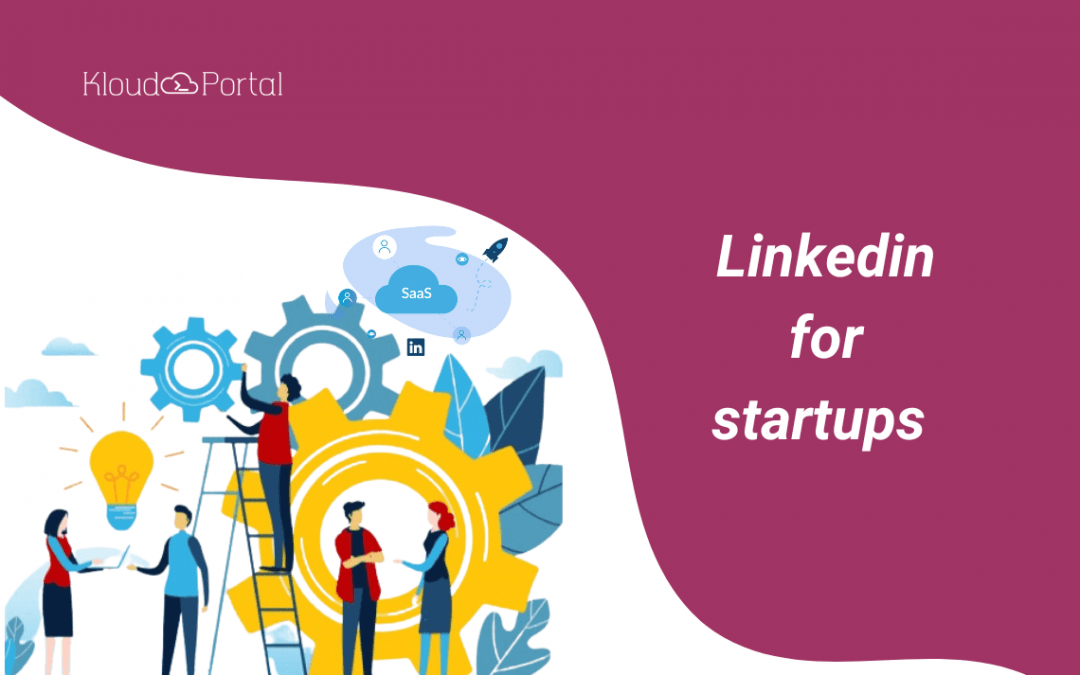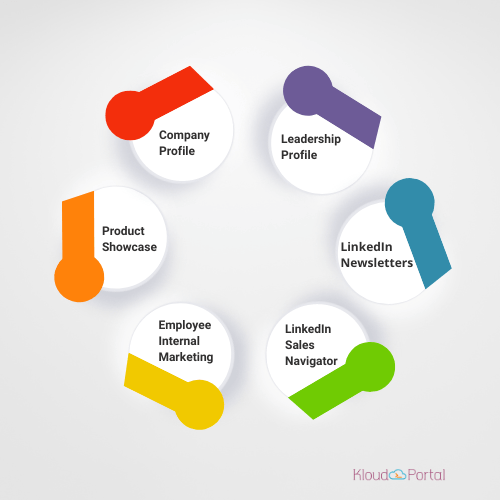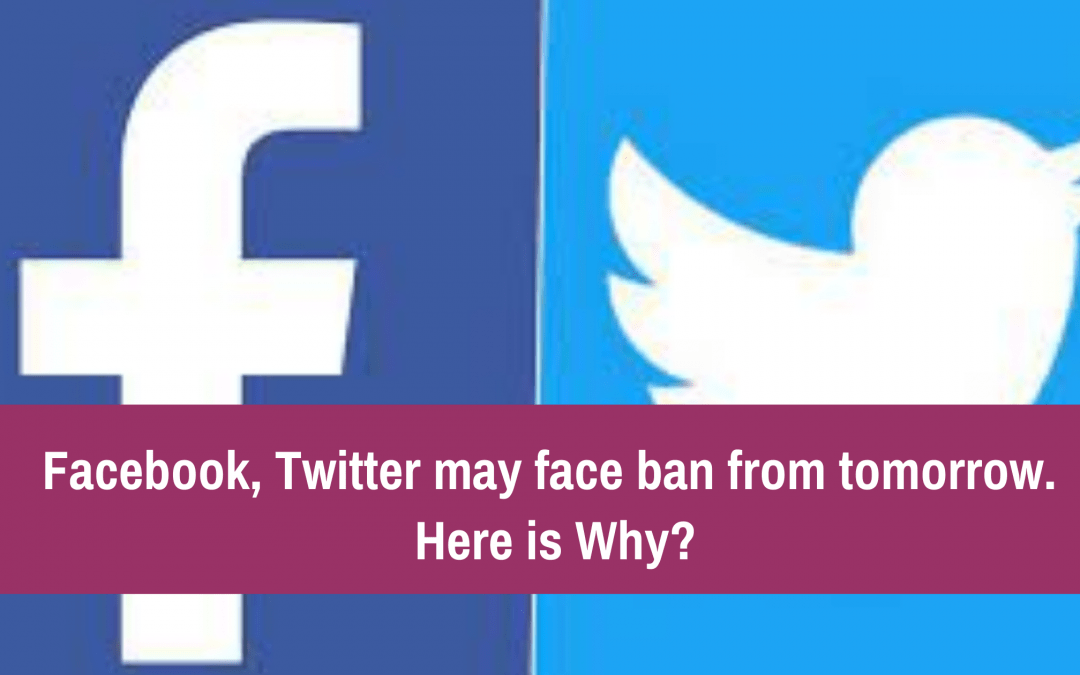
How To Use Social Selling To Generate More Leads And Sales For Your Software Business?
Leveraging Social Media Platforms For Lead Generation Efforts
Social networking sites like LinkedIn, Instagram, Twitter, and Facebook offer a vast and diverse user base, making them ideal for customer acquisition efforts. To use social sharing effectively for lead generation, one needs to:
- Establish a Presence on Social Media Channels: Create professional profiles for your software business on various social networking sites. Ensure your LinkedIn profile is complete, up-to-date, and aligned with your brand image.
- Identify Potential Customers: Define your buyer persona and target audiences. Determine the key decision-makers and influential individuals within your targeted organizations. Understanding your potential customers is essential for tailoring your social selling efforts effectively.
- Use Different Social Media Networks: Depending on your target audience and industry, identify social media networks that are more effective than others. For instance, LinkedIn is often a social platform for B2B software businesses, while Facebook and Instagram can effectively reach a broader consumer audience.
Social Media Marketing is an ever-evolving strategy that leverages social media platforms to facilitate businesses in engaging with their desired audience and cultivating brand recognition. It includes content creation, advertising, and engagement to effectively reach and engage potential customers.
Implementing A Social Selling Strategy
A well-structured social selling strategy is essential for success. Here’s how to implement one:
- Create Valuable Content: At the core of social selling lies content marketing, where crafting an enthralling strategy involves creating blog posts, infographics, videos, webinars, and whitepapers that directly tackle the issues and obstacles your software is designed to resolve.
- Engage and Build Relationships: Social selling isn’t centered on direct sales pitches; rather, it revolves around fostering reliable connections. Engage proactively with your audience by addressing comments, joining conversations, and distributing industry news content.
- Social Media Promotions: Use social media promotion to create targeted ads that lead potential customers to a compelling landing page on your website. These ads can increase your visibility and reach a wider audience.
- Social Listening: Invest in social listening tools to monitor business trends and customer sentiment. It enables you to stay informed about discussions within your industry and engage in relevant conversations.
- Tailoring Your Approach: A one-size-fits-all approach has no place in social selling. Personalize your outreach and content to cater to individual prospects.
Digital Marketing Services incorporate a diverse array of online strategies and tactics designed to assist businesses in reaching their marketing objectives within the digital landscape. These services typically comprise search engine optimization (SEO), email marketing, pay-per-click advertising (PPC), social media marketing, and personalized lead generation strategies, all customized to meet the specific needs of each company. An effective sales pitch, underpinned by a compelling value proposition and supported by lead tracking and high-quality content on social platforms, ultimately directs potential customers toward conversion.
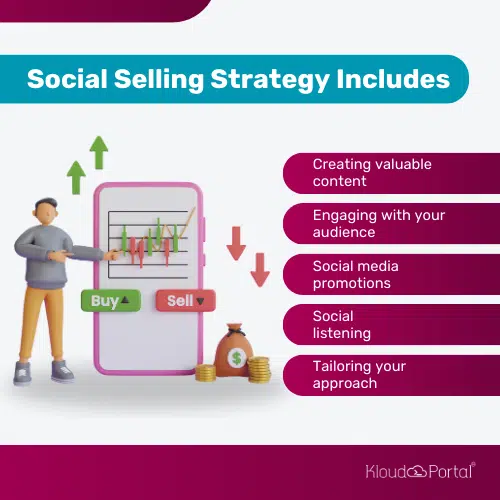
Using Industry Trends To Your Advantage
Keeping a close eye on commercial trends is crucial for a software business. Here’s how you can leverage them for social selling:
- Stay Informed: Consistently keep abreast of industry developments, emerging technologies, and trends in the software sector. Use your knowledge to share insights and viewpoints on these trends, positioning yourself as a thought leader in the field.
- Tailor Content: Align your content with current market trends and pain areas. Addressing these issues in your content shows that your software solution is relevant and timely.
- Engage in Conversations: Participate in discussions related to economic trends on social platforms. Share your expertise and provide valuable perceptions to position your business as a knowledgeable and reliable source.
The Best Social Media Marketing Agency in Hyderabad is a game-changer for businesses looking to enhance their online presence and reach their target audience effectively. With a reliable agency’s expertise, you can expect measurable results in increased brand visibility and engagement across various social platforms.
Creating Valuable And Personalized Content
Content development plays a central role in social selling. This way to craft content that deeply connects with your target audience:
- Understand Buyer Personas: Develop a deep understanding of your ideal customers and their buyer’s journey. Tailor the content to address their specific challenges at each stage of the journey.
- Personalize Content: Use personalized content to engage future clients. It can include personalized emails, LinkedIn messages, or content tailored to a specific company’s challenges.
- Tracking Leads and Engagement: Leverage the right tools, for example, social media analytics and Google Analytics, to track engagement. Evaluating the impact of your social selling initiatives on website traffic and lead conversion rates facilitates strategy refinement.
- Mapping to the Sales Funnel: The sales funnel, often called the purchase funnel, is a visual representation of a customer’s journey from initial awareness of a service to making a purchase decision. It is a model that helps businesses understand and manage potential customers’ stages before converting into paying customers.
By seeking Digital Marketing Partner Agencies in India, businesses can benefit from strategic and experienced collaborators who understand the nuances of the Indian market. Such agencies can provide tailored solutions to help companies navigate the complexities of online marketing and achieve their goals effectively.
How Sales Professionals Use Social Selling Index
Sales professionals use the Social Selling Index (SSI) as a valuable tool to enhance their social selling efforts on platforms like LinkedIn. The SSI is a metric provided by LinkedIn that quantifies an individual’s or team’s effectiveness in social selling. It consists of four key components: Establishing a Professional Brand, Finding Correct People, Engaging with Insights, and Building Relationships.
Sales professionals benefit from using the SSI in several ways:
- Performance Benchmarking: The SSI provides a benchmark for sales professionals to measure their social selling effectiveness against industry standards and their peers.
- Goal Setting: Sales professionals can use the SSI to set specific goals for their social selling efforts. For example, they may aim to increase their engagement score or grow their network by a certain percentage over time.
- Identifying Strengths and Weaknesses: Sales professionals can identify their strengths and weaknesses by analyzing their SSI scores in the four components.
- Continuous Improvement: Sales professionals can use the SSI as a tool for continuous improvement by monitoring their scores and adjusting their social selling strategies.
Conclusion
Social selling is a powerful tool for software businesses to increase leads and sales. By leveraging social media platforms, implementing a well-defined social selling strategy, staying informed about industry trends, creating valuable and customized content, and adopting the practices of the sales team, software businesses can effectively use social selling to connect with potential clients, build relationships, and ultimately drive engagement and sales. Social media is no longer just a platform for communication; it’s a valuable channel for lead generation and sales growth.

Rasmita Patro
About The Author…
Meet Rasmita Patro, a content writer, a former teacher, and a former HR with a passion for storytelling, creating compelling content that engages and informs readers. She has a Master’s in Economics and an MBA degree in Human Resources. Her expertise spans a variety of industries, including finance, healthcare, technology, and others. She has a particular inclination toward crafting blog posts, articles, and social media content that resonates with the target audience. She loves reading different genres of books, love to experiment with cooking, and listening to soothing music.



